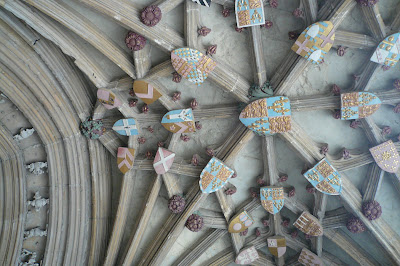If a nation becomes "post-industrial" it passes through, or dodges, a phase of society predominated by a manufacturing-based economy and moves on to a structure of society based on the provision of information, innovation, finance, and services.
As the term has been used, a few common themes (not limited to those below) have begun to emerge.
- The economy undergoes a transition from the production of goods to the provision of services.
- Knowledge becomes a valued form of capital (e.g., the knowledge produced through the Human Genome Project).
- Producing ideas is the main way to grow the economy.
- Through processes of globalization and automation, the value and importance to the economy of blue-collar, unionized work, including manual labor (e.g., assembly-line work) decline, and those of professional workers (e.g. scientists, creative-industry professionals, and IT professionals) grow in value and prevalence.
- Behavioral and information sciences and technologies are developed and implemented.














































